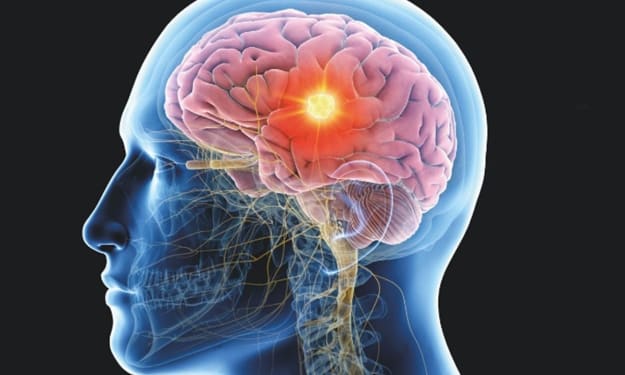human circulatory system
complex network of blood vessels

The human circulatory system is a complex network of blood vessels and organs that transport blood, oxygen, and nutrients throughout the body. It consists of the heart, blood vessels, and blood. The heart is a muscular organ that pumps blood throughout the body, while the blood vessels transport blood to and from the heart. Blood is the fluid that carries oxygen, nutrients, and other essential substances throughout the body.
The circulatory system can be divided into two main components: the systemic circulation and the pulmonary circulation. The systemic circulation is the circulation of blood throughout the body, while the pulmonary circulation is the circulation of blood to and from the lungs.
The heart is the center of the circulatory system and is responsible for pumping blood throughout the body. It is divided into four chambers: the right atrium, the left atrium, the right ventricle, and the left ventricle. The right atrium receives oxygen-poor blood from the body and pumps it into the right ventricle. The right ventricle then pumps the oxygen-poor blood to the lungs, where it receives oxygen and releases carbon dioxide. The oxygen-rich blood then returns to the left atrium and is pumped into the left ventricle. The left ventricle then pumps the oxygen-rich blood to the rest of the body.
The blood vessels of the circulatory system include arteries, veins, and capillaries. Arteries are blood vessels that carry oxygen-rich blood away from the heart to the rest of the body. They have thick walls and are capable of withstanding the high pressure created by the pumping of the heart. Veins, on the other hand, are blood vessels that carry oxygen-poor blood back to the heart. They have thinner walls and rely on the muscles of the body to help push the blood back to the heart. Capillaries are the smallest blood vessels in the body and are responsible for the exchange of oxygen, nutrients, and waste products between the blood and the body's cells.
The blood itself is composed of red blood cells, white blood cells, and platelets. Red blood cells are responsible for carrying oxygen to the body's cells and are rich in a protein called hemoglobin. White blood cells are part of the body's immune system and help to fight off infections and other foreign invaders. Platelets are responsible for blood clotting and help to prevent excessive bleeding.
The circulatory system also plays an important role in regulating body temperature and maintaining proper pH levels. Blood vessels near the surface of the skin constrict or dilate to help regulate body temperature, while the kidneys and lungs help to maintain proper pH levels by removing excess acid or base from the blood.
Overall, the human circulatory system is a complex and essential network of organs and vessels that work together to transport blood, oxygen, and other essential substances throughout the body. It is responsible for the delivery of oxygen and nutrients to the body's cells and the removal of waste products and carbon dioxide. It also plays a crucial role in maintaining proper body temperature and pH levels, as well as protecting the body against infection and injury.
To maintain the health of the circulatory system, it is important to eat a healthy diet that is low in saturated fat and cholesterol, exercise regularly, and avoid smoking and excessive alcohol consumption. Regular check-ups with a healthcare provider and early detection and treatment of any circulatory-related conditions is also important to maintain the healthy functioning of this system.
The distance that blood travels through the human circulatory system varies depending on the individual, but on average the total distance traveled by the blood in the body is approximately 60,000 miles. This distance includes the blood flowing through the heart, arteries, veins, and capillaries. It is important to note that this distance is an approximation, and it can vary depending on the size of the individual, as well as other factors such as age and overall health. Additionally, the circulatory system is a closed loop where the blood goes through the heart and vessels and returns to the heart again, it doesn't have a specific distance.
About the Creator
Gajendira Kumar
I am Not a Legend I am the Lengends Maker by GAJAJI
Content Creator
Future Technology






Comments
There are no comments for this story
Be the first to respond and start the conversation.